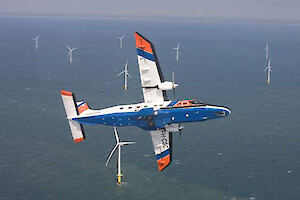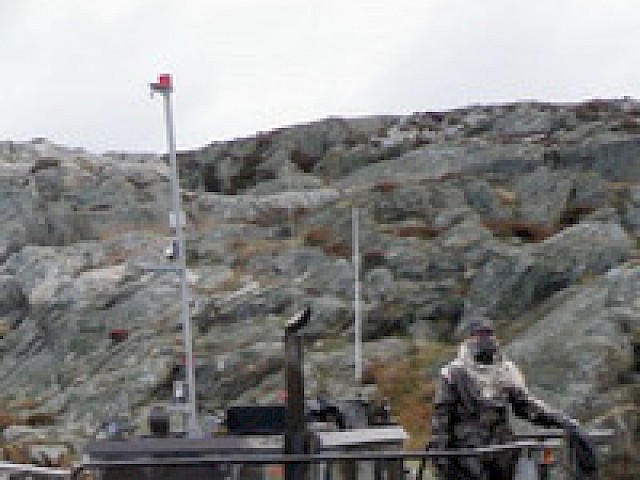Why BE-AWARE?
Competition for space in the Greater North Sea is growing.
 The competition for space in the Greater North Sea and its approaches continues to grow year on year. The area contains some of the busiest shipping lanes in the world and is also a major oil and gas production area with over 1,300 installations. However in recent years there have been new demands for space. Concerns over climate change and the adoption of carbon reduction targets have led to a huge increase in the planning and installation of offshore wind developments with over 10,000 turbines installed in the Bonn Agreement area. International targets to increase the coverage of marine protected areas have also reduced potential for development in sensitive areas and emerging uses such as ocean aquaculture and carbon capture and storage have the potential to use additional space.
The competition for space in the Greater North Sea and its approaches continues to grow year on year. The area contains some of the busiest shipping lanes in the world and is also a major oil and gas production area with over 1,300 installations. However in recent years there have been new demands for space. Concerns over climate change and the adoption of carbon reduction targets have led to a huge increase in the planning and installation of offshore wind developments with over 10,000 turbines installed in the Bonn Agreement area. International targets to increase the coverage of marine protected areas have also reduced potential for development in sensitive areas and emerging uses such as ocean aquaculture and carbon capture and storage have the potential to use additional space.
The need for an area-wide risk assessment and the associated benefits were recognised by Ministers in 2010 (Bonn Agreement Dublin Declaration). In particular Ministers noted the enlargement of the Bonn Agreement area as a result of the accession of Ireland in 2010, predicted increased storminess as a consequence of climate change, increased export of oil products from the Russian Federation transiting through the Bonn Agreement area, and new maritime uses and activities collectively contributing to a complex pattern of sea use and maritime development for which an overview risk assessment to look at potential improvements in disaster prevention is vital. As a consequence there was a need to further develop and update hazard identification methods and risk modelling, draw on lessons learned from past disasters and raise awareness and prevention capacities at a regional level involving multinational participation.
Next In This Section
What was achieved?

The overall aim of BE-AWARE is to clearly understand the (sub) regional risk of marine pollution in the Greater North Sea and its approaches and to compare the effectiveness of different strategies with the goal of optimising marine pollution prevention.
Read